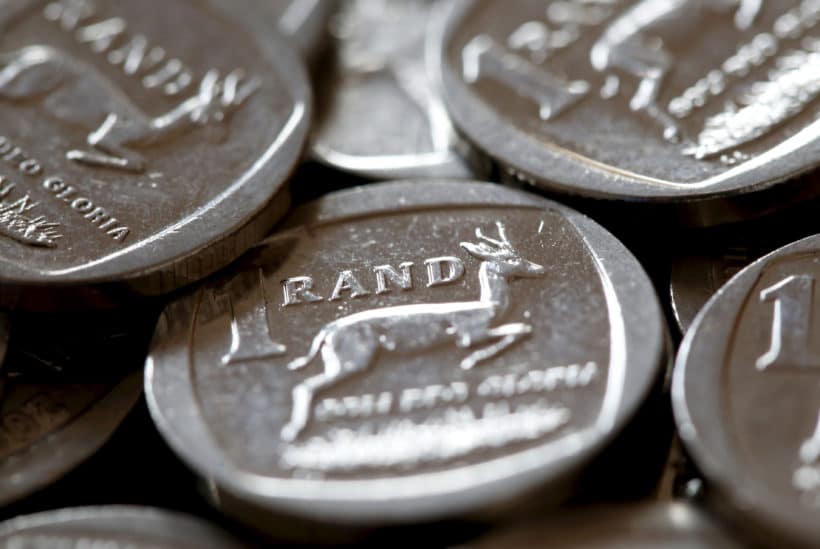
JOHANNESBURG, June 5 (Reuters) – The South African rand gained more than 1% against the dollar on Monday, despite an economic survey that showed business activity was at an almost two-year low.
At 1401 GMT, the rand traded at 19.2800 against the dollar , up about 1.2% from its closing level on Friday.
The dollar was last trading around 0.1% stronger – at 104.030 – against a basket of global currencies.
The rand was boosted by Chinese PMI data that showed manufacturing and services activity picking up, said DailyFX analyst Warren Venketas.
China is South Africa’s largest trading partner, so positive news about the health of its economy tends to lift South African asset prices.
“In addition, part of the rand strength is likely due to some profit taking as the pair has been in overbought territory for some time at extreme levels.” said Venketas in a note.
The rand fell sharply last month as investor sentiment soured on the back of the worst rolling blackouts on record and U.S. allegations that South Africa had supplied arms to Russia late last year.
It hit an all-time low last week at 19.9075 to the greenback.
“(South Africa’s) geo-diplomatic risk has peaked, and foreign investors are starting to dip their toes back into (South Africa), but a strong dollar reduces scope for rand gains,” said Rand Merchant Bank analysts in a research note.
The S&P Global South Africa Purchasing Managers Index (PMI) released on Monday showed that private sector activity
had contracted
for a third consecutive month in May as rolling power cuts and inflationary pressures continued to weigh on businesses.
Investors will turn their attention on Tuesday to Statistics South Africa for the country’s first quarter gross domestic product (GDP) figures.
JP Morgan in May predicted a 0.2% decline in the country’s 2023 GDP.
South Africa’s benchmark 2030 government bond was stronger, with the yield down 11 basis points at 11.140%.
(Reporting by Tannur Anders and Nellie Peyton; Editing by Bhargav Acharya, Gareth Jones and Ed Osmond)

